Living with crooked teeth affects your confidence and smile. It also stirs N number of problems like cavities, gum diseases, plaque buildup, bad breath, fungal infections, and more. The way to move forward is by opting for braces. Now, there's a lot of terror surrounding braces, and as exciting as it is to have a healthy smile, it’s important to set an oral health routine to improve your entire orthodontic experience.
This blog post will discuss a few tips to maintain your oral hygiene before getting braces.


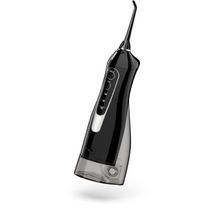
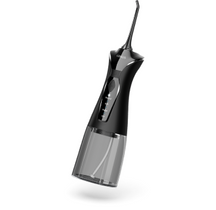
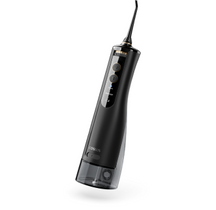
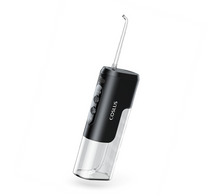

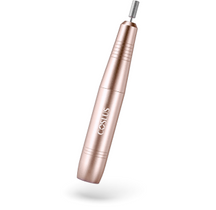
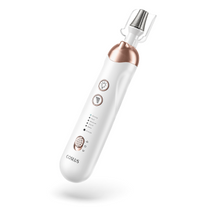
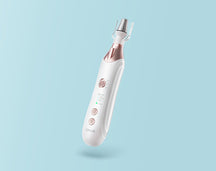
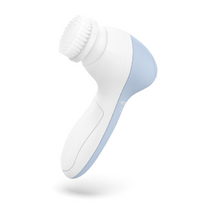
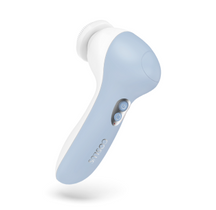
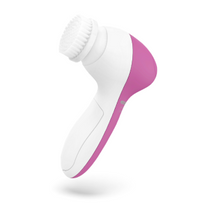
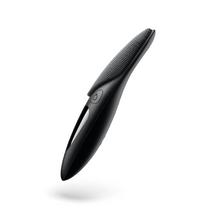











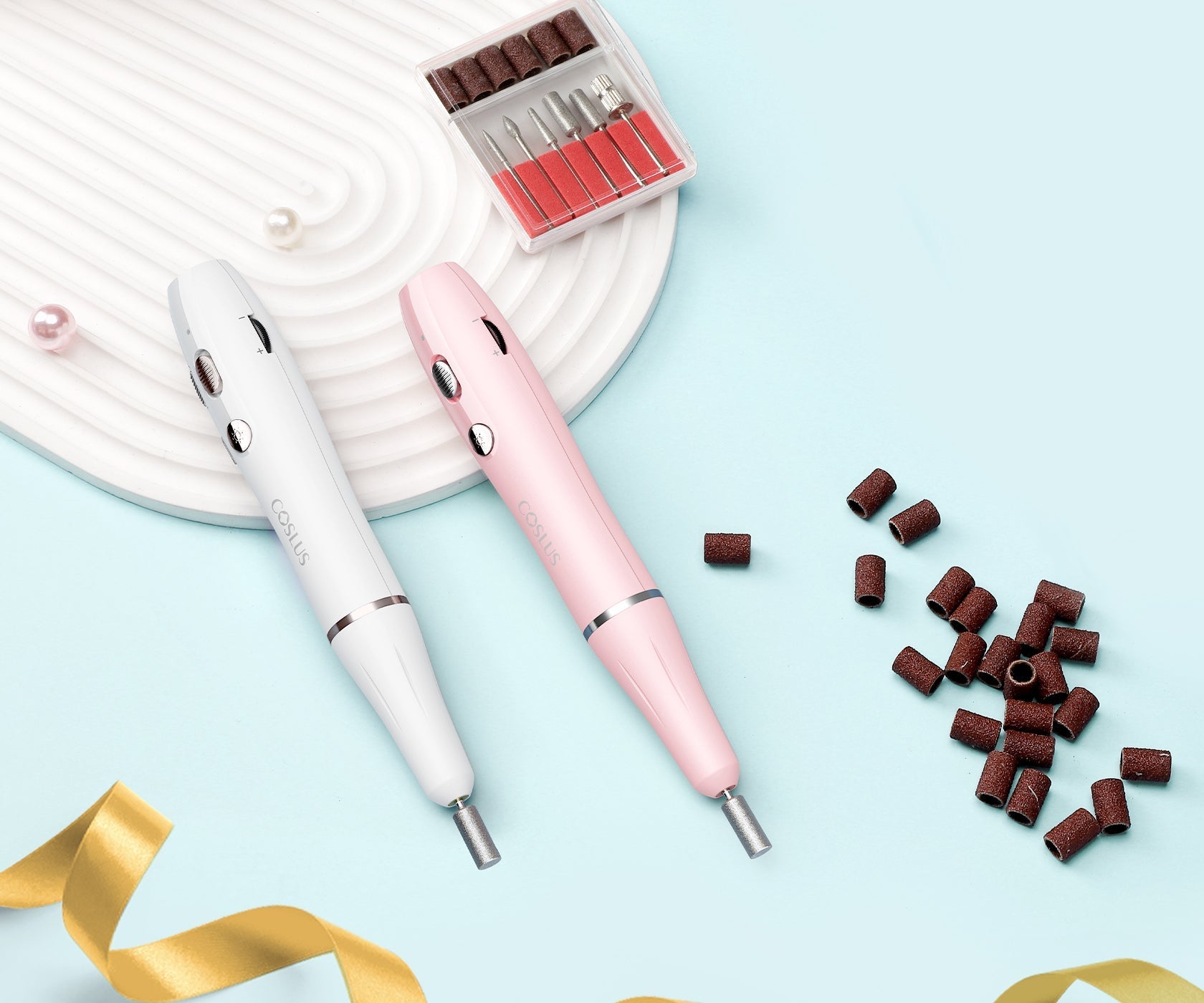
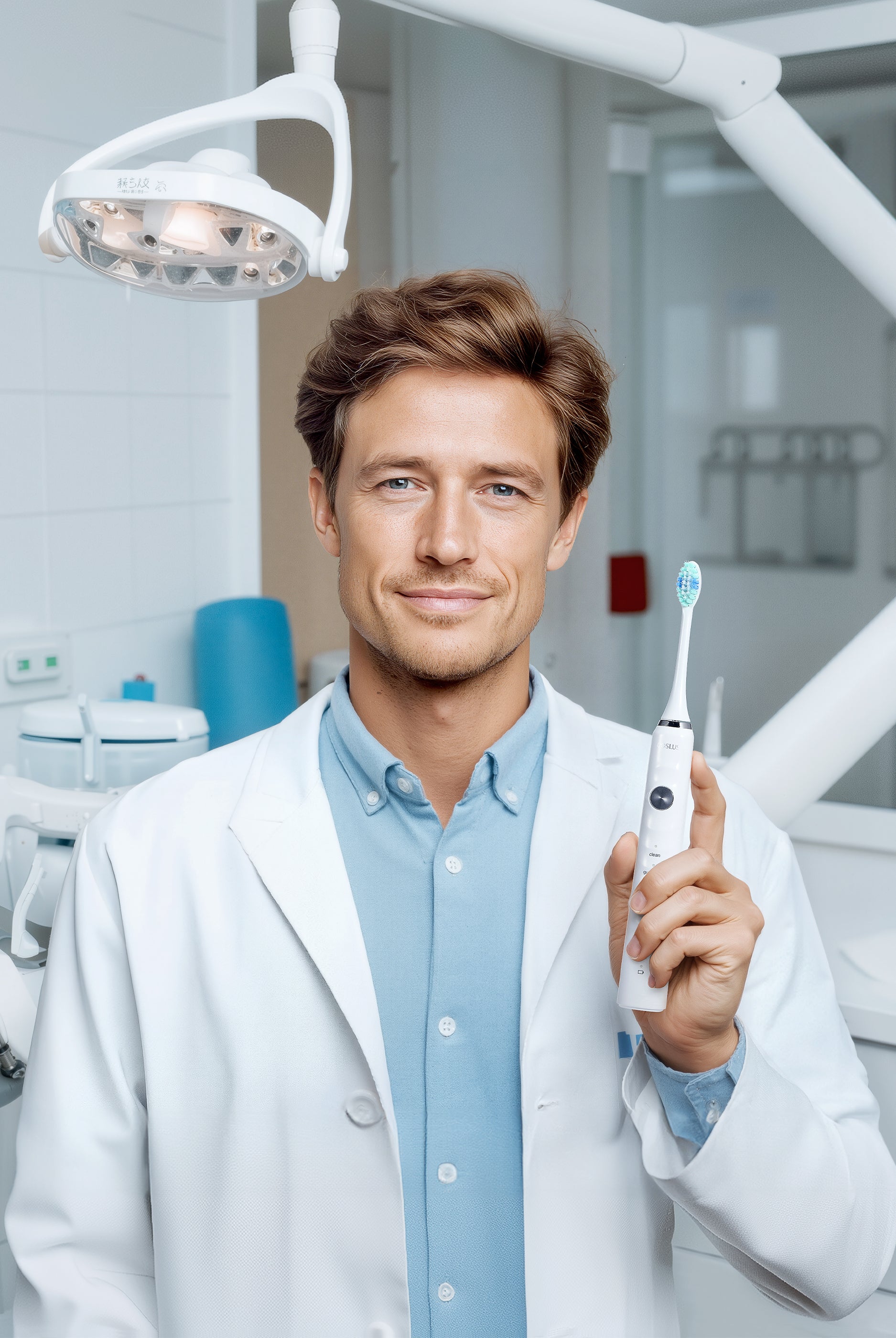
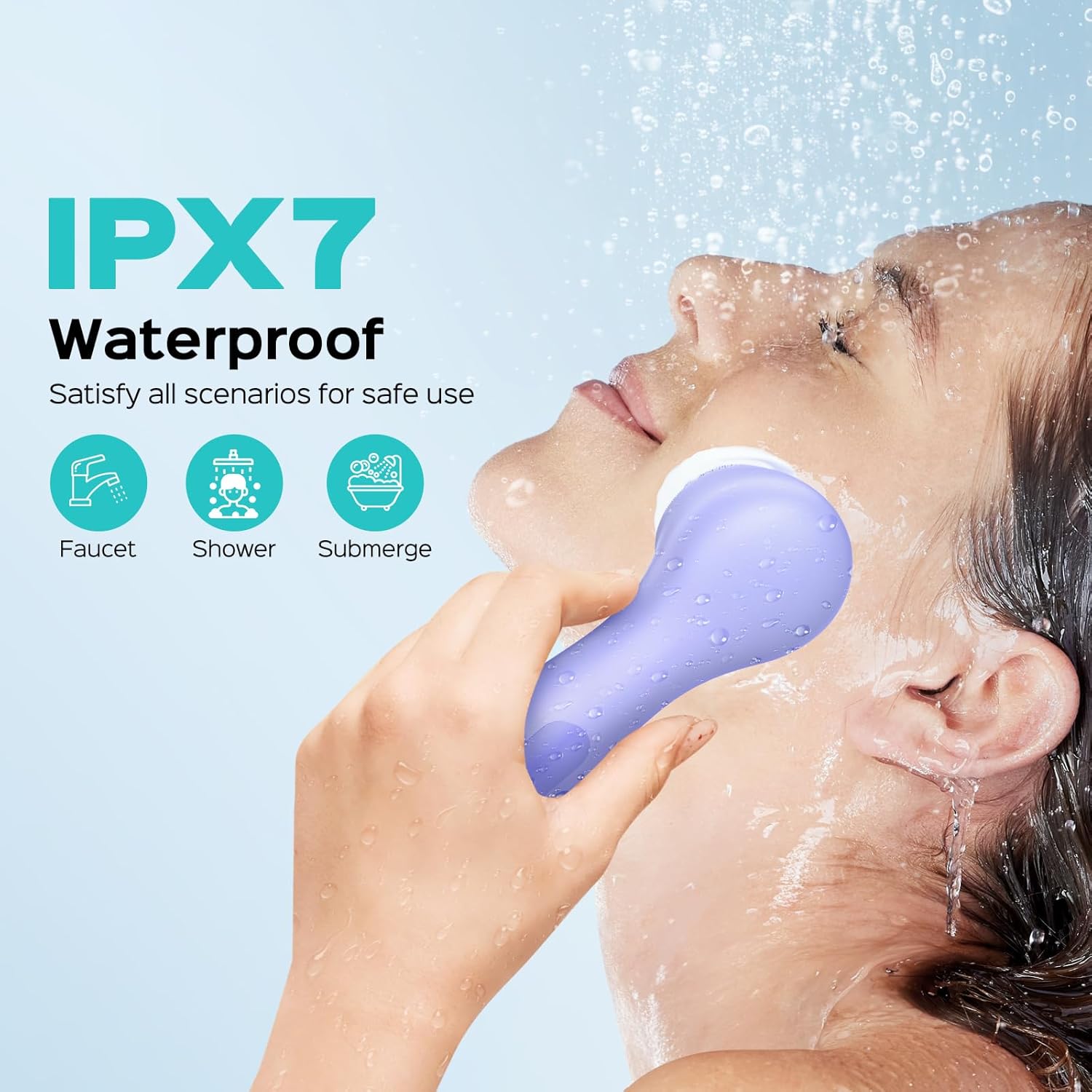
Highly recommend!
This product is amazing! It works perfectly and exceeds my expectations. Highly recommend!
I think this tooth puncher is great and helps my teeth a lot, I love it.